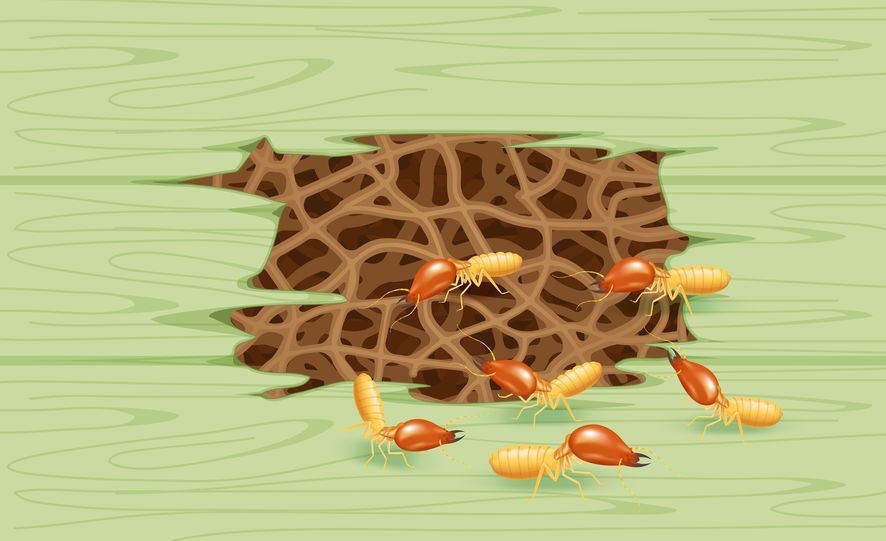A single termite from the Macrotermes genus is not that impressive of a creature. From the looks of it, it is tiny, eyeless and wingless. But gather a few of them together, and they will take pinhead-sized balls of mud and stack them up until they build a very complex structure that can go up to 17 feet tall. Compared to our scale, that would be the equivalent of the Burj Khalifa. Not only that, but within the basement of this structure you will find a symbiotic fungus that digests grass for the colony.
Termites will accomplish this astounding feat without any central planning or direction. Instead, individual termites respond to chemical, physical and biological cues. This has piqued the interests of a team of roboticists from the Wyss Institute at Harvard, who would like to understand how local signals such as pheromones, humidity and luminosity contribute to coordinated activity in termite mounds.
In order to perform this research, they recorded the termites’ behavior in environments constructed from plexiglass, plaster and soil. The team assumed that the insects operated as stochastic automata, or mini robots that have no memory or recollection, and whose actions were driven by probability and not intent. By performing this research and extracting the data from the termites, the scientists believed they could model algorithms for swarms of autonomous construction robots.
After about two weeks of testing, the researchers had not made too many strides. They observed random group behavior that sometimes amounted to sitting around, and sometimes it amounted to furious building. None of this was new information. So the researchers decided to track individual termites in the group. For this they had to build their own tracker, since the classic method of tracking ants by painting them did not work for the termites – the termites would just take the paint off themselves.
The surprising conclusion was that termites are not robots at all. Every single termite had its own unique traits and characteristics. Some were leaders, some just minded their business and did their job, and most lounged around and were barely useful. What’s interesting about this experiment is that even if the termites were robots with no individuality, there were bound to be fluctuations in a colony of millions. It’s just the degree to which these fluctuations occurred that impressed the researchers.
So how do you translate this into the world of robotics? Is it really necessary to have the majority of a robot swarm being idle, lounging around in order to meet the Paretto principle (20% of the workers do 80% of the work)? Well, there may be a lot of natural wisdom behind the madness. You could have a 80% idle workforce ready to be activated in the case of an emergency. Swarm behavior is also explained with a similar concept to that of the lean business model, where in the case of a completely new scenario, mistakes are made rapidly until the best mode of operation is discovered, and then efficiency is achieved through iteration. If implemented in robotic swarms, along with the concept of genetic inheritance, we could see artificial termite-like behavior in the very near future.

